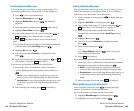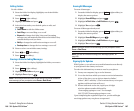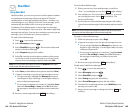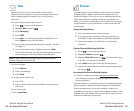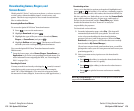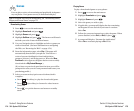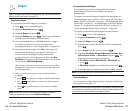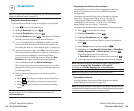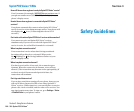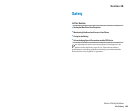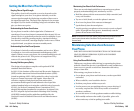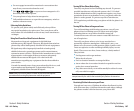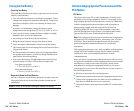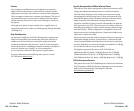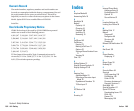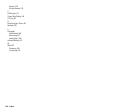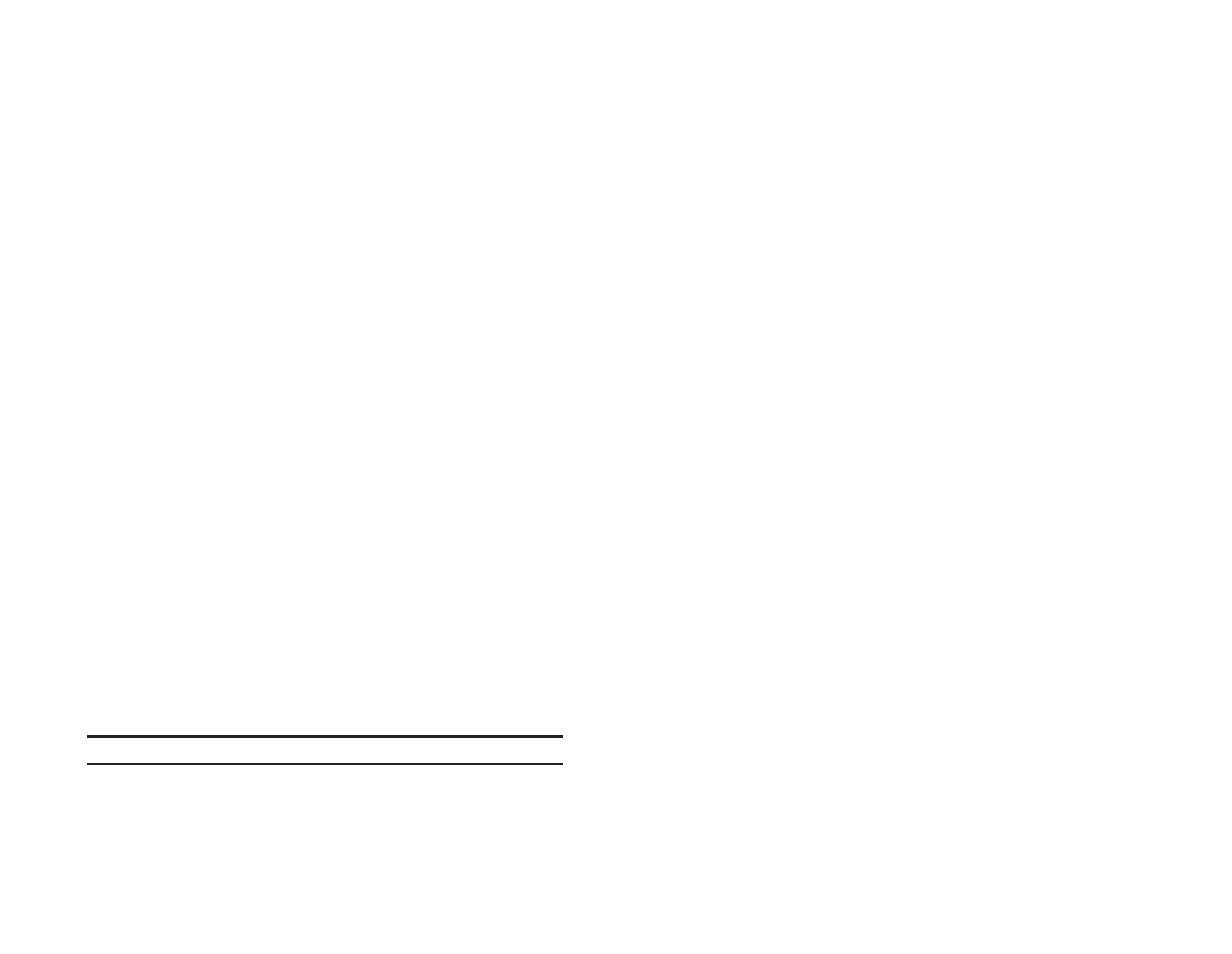
Acknowledging Special Precautions and the
FCC Notice
FCC Notice
The phone may cause TV or radio interference if used in close
proximity to receiving equipment. The FCC can require you to
stop using the phone if such interference cannot be eliminated.
Vehicles using liquefied petroleum gas (such as propane or
butane) must comply with the National Fire Protection
Standard (NFPA-58). For a copy of this standard, contact the
National Fire Protection Association, One Batterymarch Park,
Quincy, MA 02269, Attn: Publication Sales Division.
Note: This equipment has been tested and found to comply with
the limits for a Class B digital device, pursuant to part 15 of the
FCC Rules. These limits are designed to provide reasonable
protection against harmful interference in a residential
installation.
This equipment generates, uses, and can radiate radio frequency
energy and, if not installed and used in accordance with the
instructions, may cause harmful interference to radio
communications.
However, there is no guarantee that interference will not occur
in a particular installation. If this equipment does cause harmful
interference to radio or television reception, which can be
determined by turning the equipment off and on, the user is
encouraged to try to correct the interference by one or more of
the following measures:
ᮣ
Reorient or relocate the receiving antenna.
ᮣ
Increase the separation between the equipment and receiver.
ᮣ
Connect the equipment into an outlet on a circuit different
from that to which the receiver is connected.
ᮣ
Consult the dealer or an experienced radio/TV technician for
help.
Section 4: Safety Guidelines
4A: Safety 189
Caring for the Battery
Protecting Your Battery
The guidelines listed below help you get the most out of your
battery’s performance.
ᮣ
Use only authorized batteries and desktop chargers. These
chargers are designed to maximize battery life. Using other
batteries or chargers voids your warranty and may cause
damage.
ᮣ
In order to avoid damage, charge the battery only in
temperatures that range from 32º F to 113º F (0º C to 45º C).
ᮣ
Don’t use the battery charger in direct sunlight or in high
humidity areas, such as the bathroom.
ᮣ
Never dispose of the battery by incineration.
ᮣ
Keep the metal contacts on top of the battery clean.
ᮣ
Don’t attempt to disassemble or short-circuit the battery.
ᮣ
The battery may need recharging if it has not been used for a
long period of time.
ᮣ
It’s best to replace the battery when it no longer provides
acceptable performance. It can be recharged hundreds of
times before it needs replacing.
ᮣ
Don’t store the battery in high temperature areas for long
periods of time. It’s best to follow these storage rules:
Less than one month:
4º F to 140º F (-20º C to 60º C)
More than one month:
4º F to 113º F (-20º C to 45º C)
Disposal of Lithium Ion (LiIon) Batteries
Be sure to dispose of your battery properly. In some areas, the
disposal of batteries in household or business trash may be
prohibited.
Note:For safety, do not handle a damaged or leaking LiIon battery.
Section 4: Safety Guidelines
188 4A: Safety



